Helen Hunt, 60, Stuns During Her Latest Appearance, and Her Lips Become the Center of Attention

To be the apple of one’s eye. To have butterflies in your stomach. To fall head over heels. These are just some ways of saying we are falling in love. A feeling so overwhelming that it makes our hearts beat faster and our palms sweatier.
And as much as we think that love is something that’s happening in our hearts, actually — it’s happening in our brains. Here’s Sarah. We’ll follow her around to get a closer look into the science of love in our brains. Not stalking, just following...
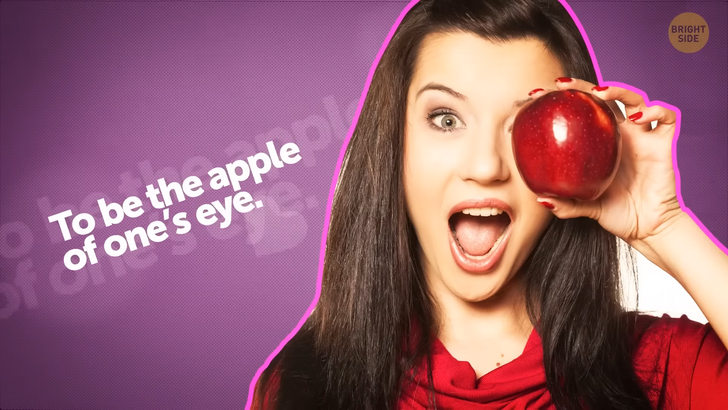
They are both risking something by being there. But since no risk goes unacknowledged, falling in love triggers another part of our brain. This part is known as the awards and compensation area or the Ventral Tegmental Area. The VTA. When the VTA is triggered, we feel satiated and motivated.
We activate the VTA when we eat something sweet and delicious, or when we quench our thirst. But there’s a trick to it. It turned out that Tom didn’t show up on their date and Sarah felt rejected. At this moment, the VTA is highly active. This part of the brain is responsible for our cravings. And you know what they say: we want what we can’t have.
But Sarah tries again. She goes on another date and meets Dave. And they turned out to be a match. After a couple of dates, all Sarah can think about is Dave. Actually, she thinks about him for over 80% of her waking hours. And this is very normal. According to behavioral neuroscientist Dr. Sandra Langeslag, people in early love stages can think about their loved ones for up to 90% of their time.
Yes, falling in love is like an obsession. This obsession is intensified when the VTA releases the “feel good” neurotransmitter known as dopamine. Can’t get enough of dopamine! At this moment, Sarah starts to feel euphoric and more drawn toward Dave. Everything about him pleases her. And for a moment, she believes she has found the perfect guy.
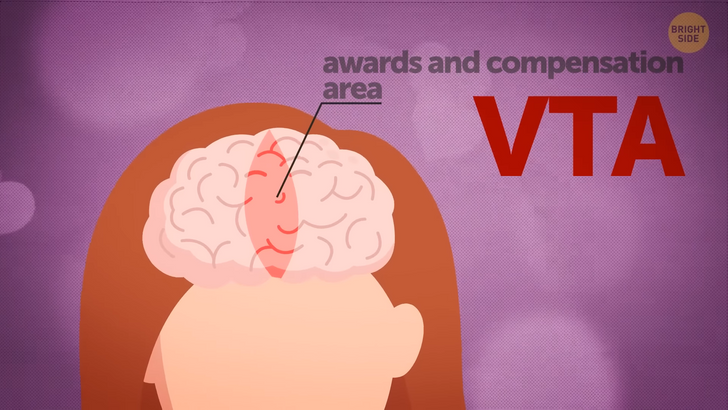
The reasons why Sarah and Dave click with each other can also be explained by brain chemistry. One of the reasons can be due to the so-called pheromones. Both parties can pick up on each other pheromones, which are natural chemical signals that convey important genetic or even physical information. Basically, their brains understood that their genetics matched well together, which intensified the production of estrogen — in Sarah’s case — and testosterone — in Dave’s case.
At this phase, they both tend to see each other as flawless. The rose-colored glasses phase happens because the part of the brain that is in operation talks louder than our prefrontal cortex — which hosts our ability for critical thinking. So we literally can’t criticize our beloved. But this won’t last forever. With time, Sarah and Dave start sharing intimate secrets and even a daily routine. They are entering a new phase of their relationship, known as an attachment or compassionate love.
At this moment, our brain starts releasing oxytocin and vasopressin, known as pair-bonding hormones. They signal trust, feelings of social support, and attachment. They both feel safer in the relationship, and they also know they can count on each other to build a happy future together. In this way, romantic love is similar to other forms of love, as these hormones also help bond families and friendships.

Here’s a curious side effect of the release of oxytocin. Sarah has been having a hard time at her job since her company is cutting down on half of the staff. Everyone in her company is afraid they’ll get fired and people’s stress levels are skyrocketing. But Sarah is managing to keep her stress under control. The fact that she is in a long-term committed relationship, helps her feel calmer. And she owes all of this to the constant release of oxytocin by her brain.
A 2019 research shows that strong romantic love bonds can make hardship more tolerable. The research asked 102 people to dive their hands into ice-cold water for a few minutes. And out of these participants, those who were in committed relationships appeared to experience less stress or pain. Even those whose partners weren’t beside them during the task. It was enough just to rely on a mental picture of their partners. Now that’s true love, huh?
Some other weird things can happen when you’re in love. Like telepathy, for example. And I’m not joking. But researchers call it “neural synchrony”, which means that couples tend to share similar thought patterns. Professor Zoe Donaldson, who conducted the study, says that the more a couple is connected, the more synchrony they can show. Another research also showed that couples can even synchronize their heartbeats when sleeping side-by-side.
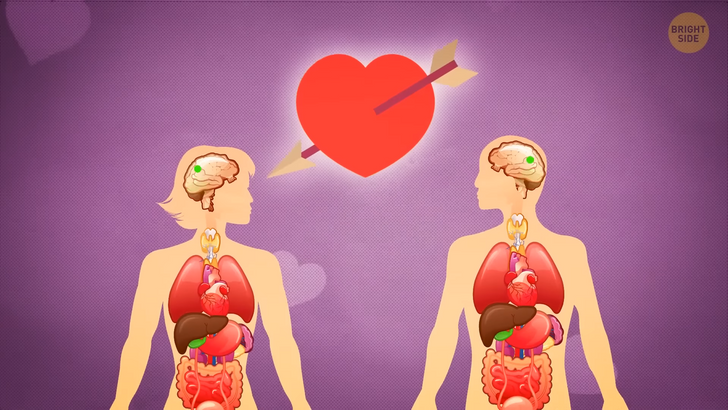
And no, it’s not only us humans that fall in love and can experience the things we’ve been talking about. Some animals are proven to feel attachment bonds towards one another. For example, albatrosses keep coming back to the same partner their whole lives. They migrate all-year round but still come back to a repeated spot where they meet and greet each other once again.
Now, it’s normal that with time, the rose-colored glasses fade, and the prefrontal cortex can finally do its job. Judgment and critical thinking arise again, and both parties begin to see flaws in their beloved. Sarah doesn’t like the way Dave always leaves his socks spread across the apartment. And Dave thinks Sarah watches too much Netflix. The thing is, sometimes these little things become too much, and the relationships may simply end.
Surprisingly enough, break-ups are also managed by the brain. Although Sarah thinks she did the right thing when breaking up with Dave, she feels something close to physical pain. That’s because heartbreaks activate the insular cortex, a region of the brain that processes pain. But the insular cortex doesn’t distinguish emotional pain from physical pain. So heartbreak can hurt as much as spraining your ankle. As the days pass, Sarah finds herself daydreaming about contacting Dave again.
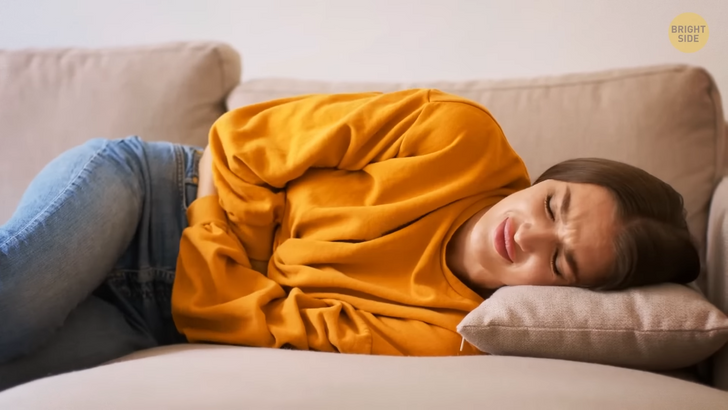
While cleaning up her house, she found some of the things Dave forgot to take with him. Sometimes, the desire to reach out feels overwhelming, like extreme hunger or thirst. This happens because the VTA is being activated again — the motivation and reward center that drives feelings of longing.
The same part of the brain that was activated at the beginning of their story together. This emotional whirlwind also activates Sarah’s body’s alarm system — the stress axis. And since she is producing less oxytocin, it may seem difficult to handle everything she’s feeling.
It does get better though. With time, the higher cortical region is activated. This region is responsible for overseeing reason and impulse control. It pumps the brakes on such irrational cravings. So the urge to text Dave will slowly fade away.
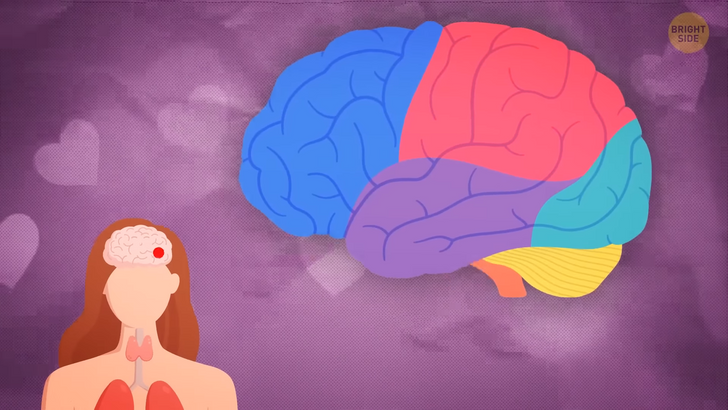
This isn’t Sarah’s first break-up, and she knows she will be ok with time. When she was younger, though, in her teen years, it was way harder to recover from a breakup. That’s because the higher cortical region was still maturing. So teens tend to have fewer self-control mechanisms in situations such as these.
Soon enough, Sarah will feel like meeting someone new. And, once again, she’ll hop on board this roller-coaster ride we call love.











